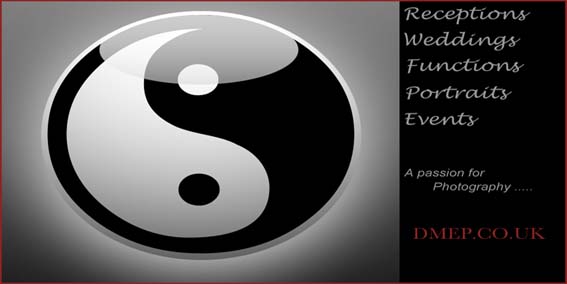Sent to you by mcleanfamily88 via Google Reader:
Guest Post by Nicole Young – Follow Nicole on Twitter
One of the most common challenges I have seen many new food photographers struggle with is getting proper white balance (colors) and also exposure (tones/brightness/contrast) in their food images. When we photograph people we usually have a skin tone to gauge what our white balance is, and since our minds naturally know what looks "right" it's not too difficult to find the right balance. With food it's different since the colors and tones can be whatever we make them to be, and sometimes it's hard to get the image back to those bright, vivid colors we remembered photographing.
The image above is the photo straight out-of-the-camera (left) and edited version (right). It was photographed with window-light on the right and a large silver reflector on the left to fill in shadows. My editing on this was very simple: I corrected the white-balance in Adobe Lightroom (from the RAW file), then used a levels adjustment layer for the tones, a separate levels layer for color, and added a reduced-opacity B&W overlay layer to add some contrast (you can learn how to do that last step here).
So, how can you improve the white-balance in your images? Here are five tips to get you started:
1. Photograph in daylight-balanced light. Using the light in the kitchen, which is usually going to be tungsten or flourescent, is not your ideal light for food photography (or photography in general). Use window light or speedlights/strobes to get the correct color-temperature light and you will immediately see results.
2. Make sure your computer monitor is calibrated. There are a lot of relatively inexpensive calibration tools out there. I use a very simple "Spyder Express" – the newest one on the market (the Spyder Express 3) costs around $75. This is ideal if the majority of your work is displayed online or in a computer format.
3. Pre-set the white-balance in your camera. This can be done with a fancy tool like the Expodisc ($100) or with an inexpensive $5-10 gray card (you can also find them at your local camera store).
4. Shoot in RAW format. This will ensure that you can change your white balance in your editing software if you didn't get it perfect out-of-camera (and 99% of the time you probably won't).
5. Compare your before/after image. By comparing your original image to the edited version you will have a better idea of what edits are working and what still needs to be done. You can do this pretty easily by toggling your layer visibility in Photoshop … I have a short two-minute video on this topic on my blog here.
____
This post sponsored by WHCC – White House Custom Colour – Get Five Free 8×10 Prints From WHCC

Things you can do from here:
- Subscribe to Photofocus using Google Reader
- Get started using Google Reader to easily keep up with all your favorite sites



No comments:
Post a Comment